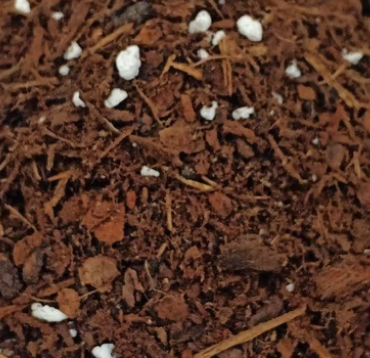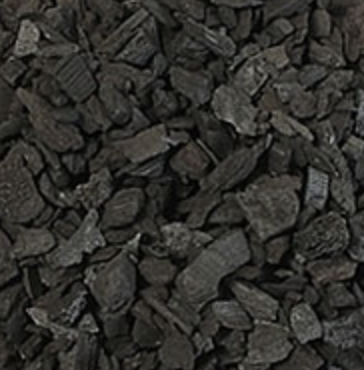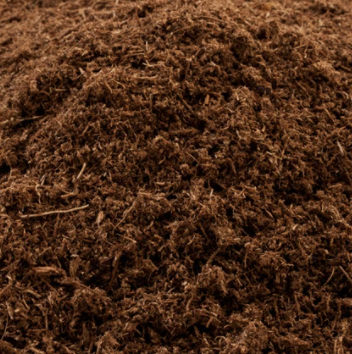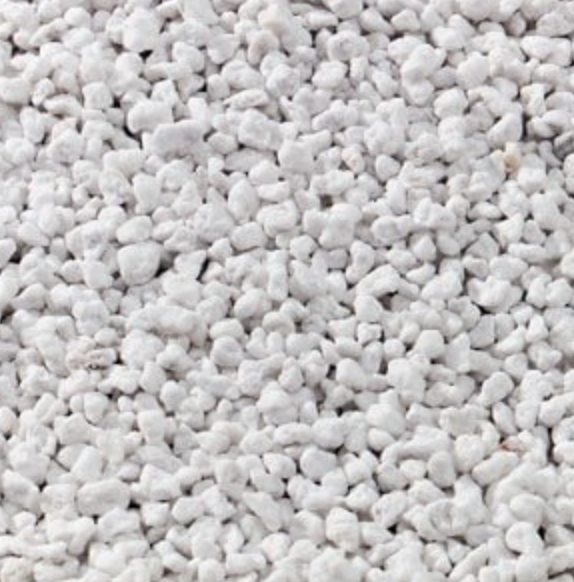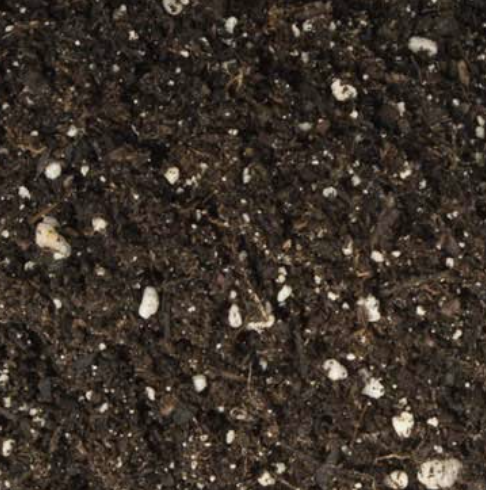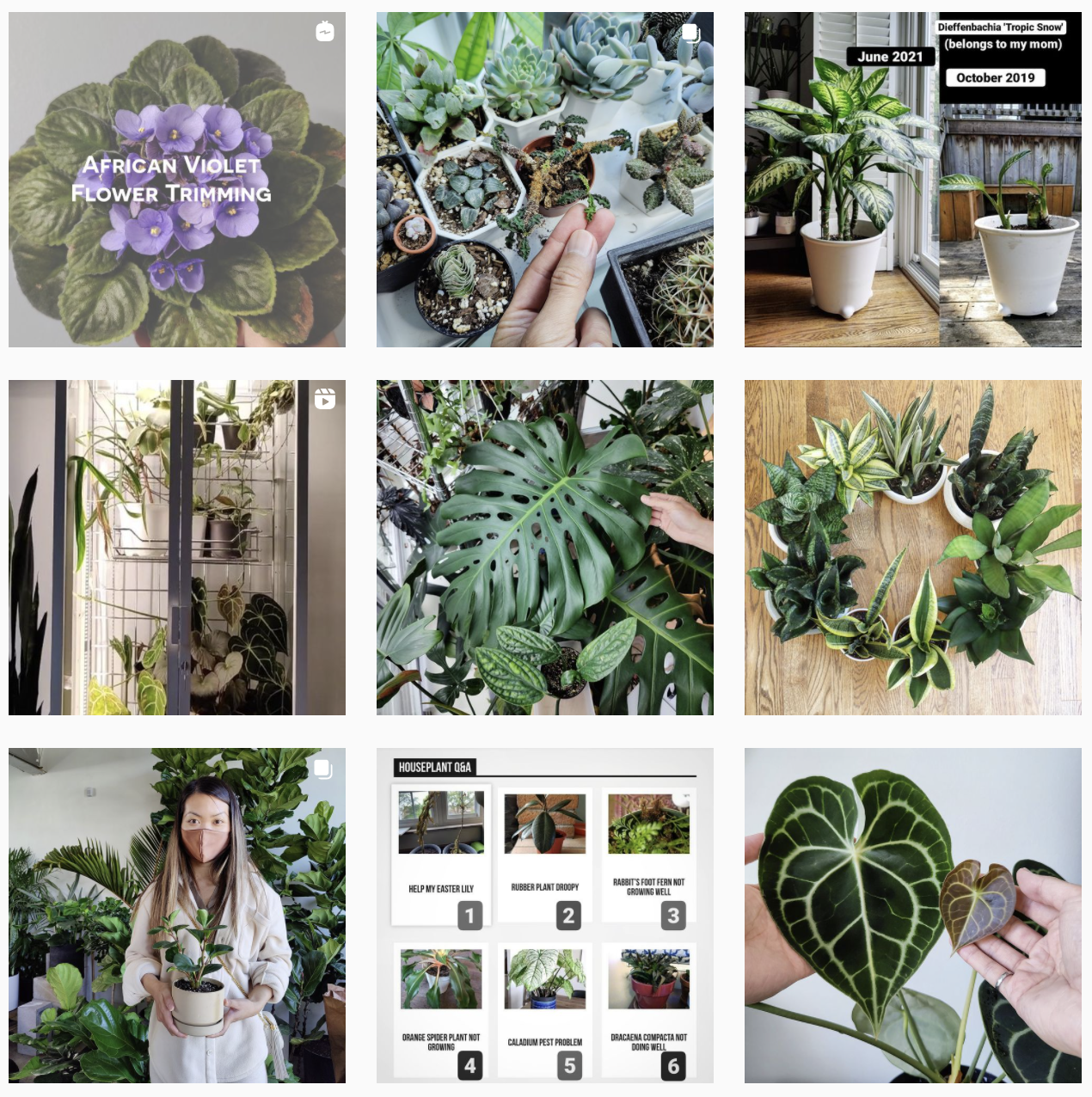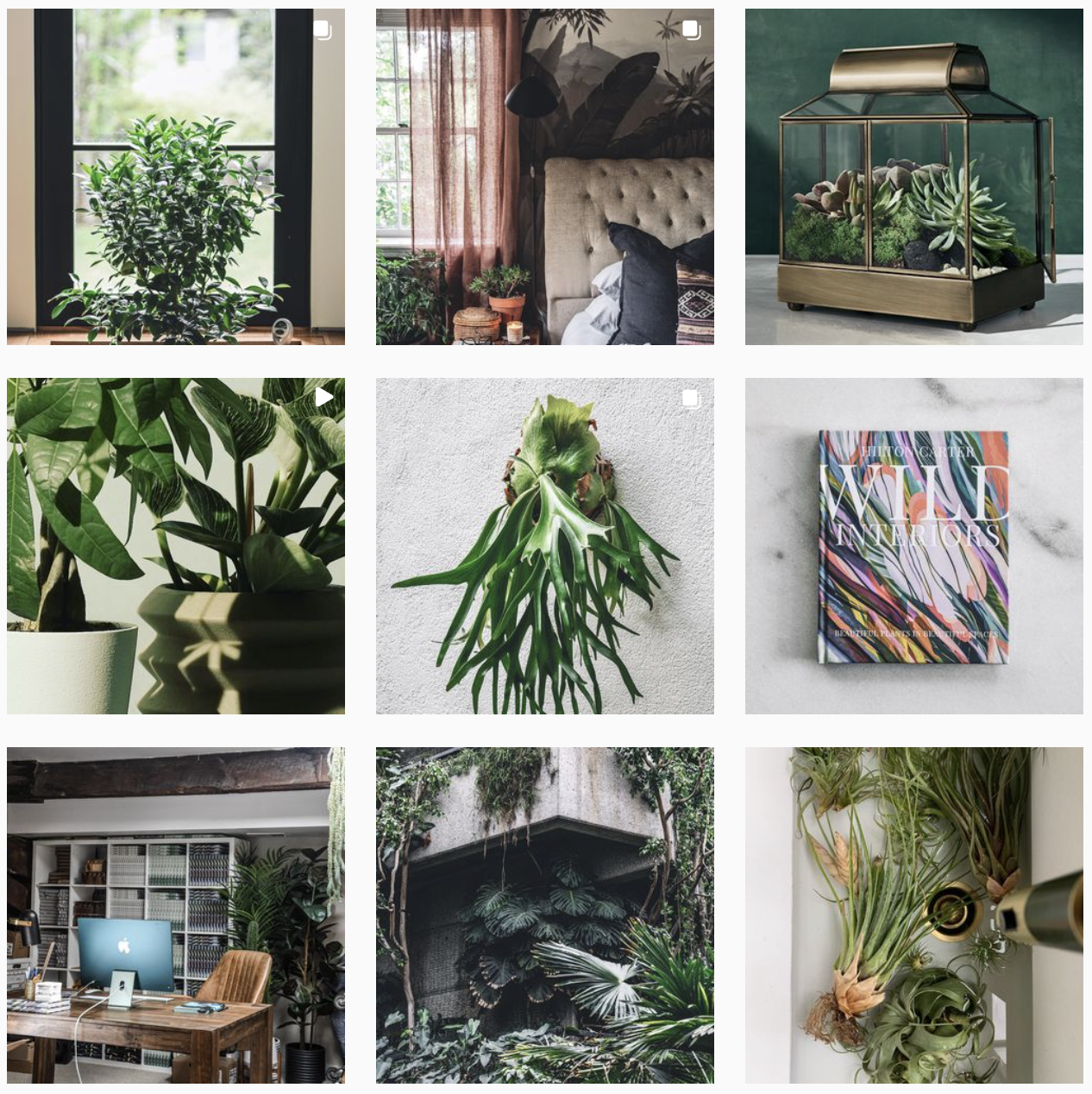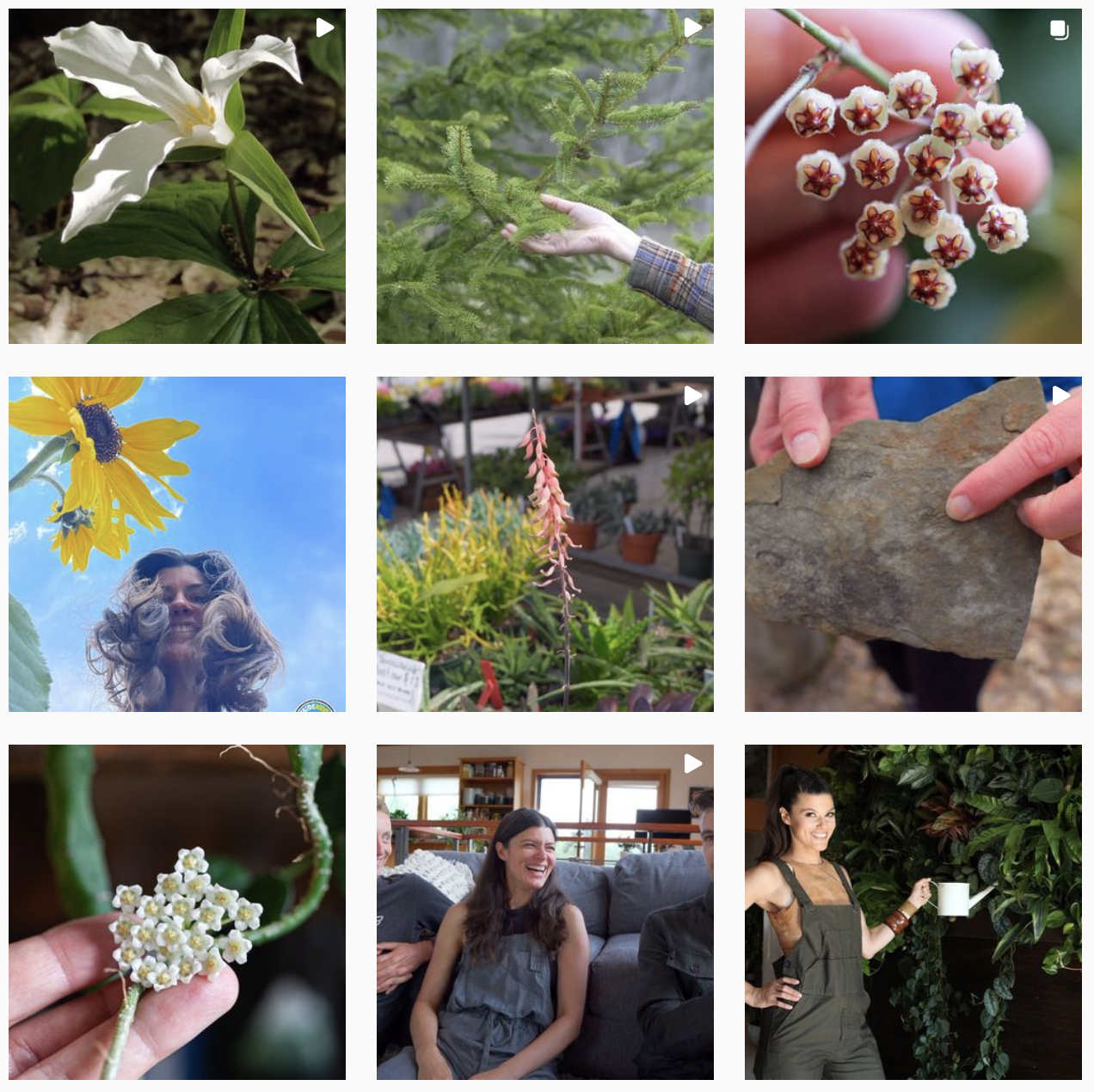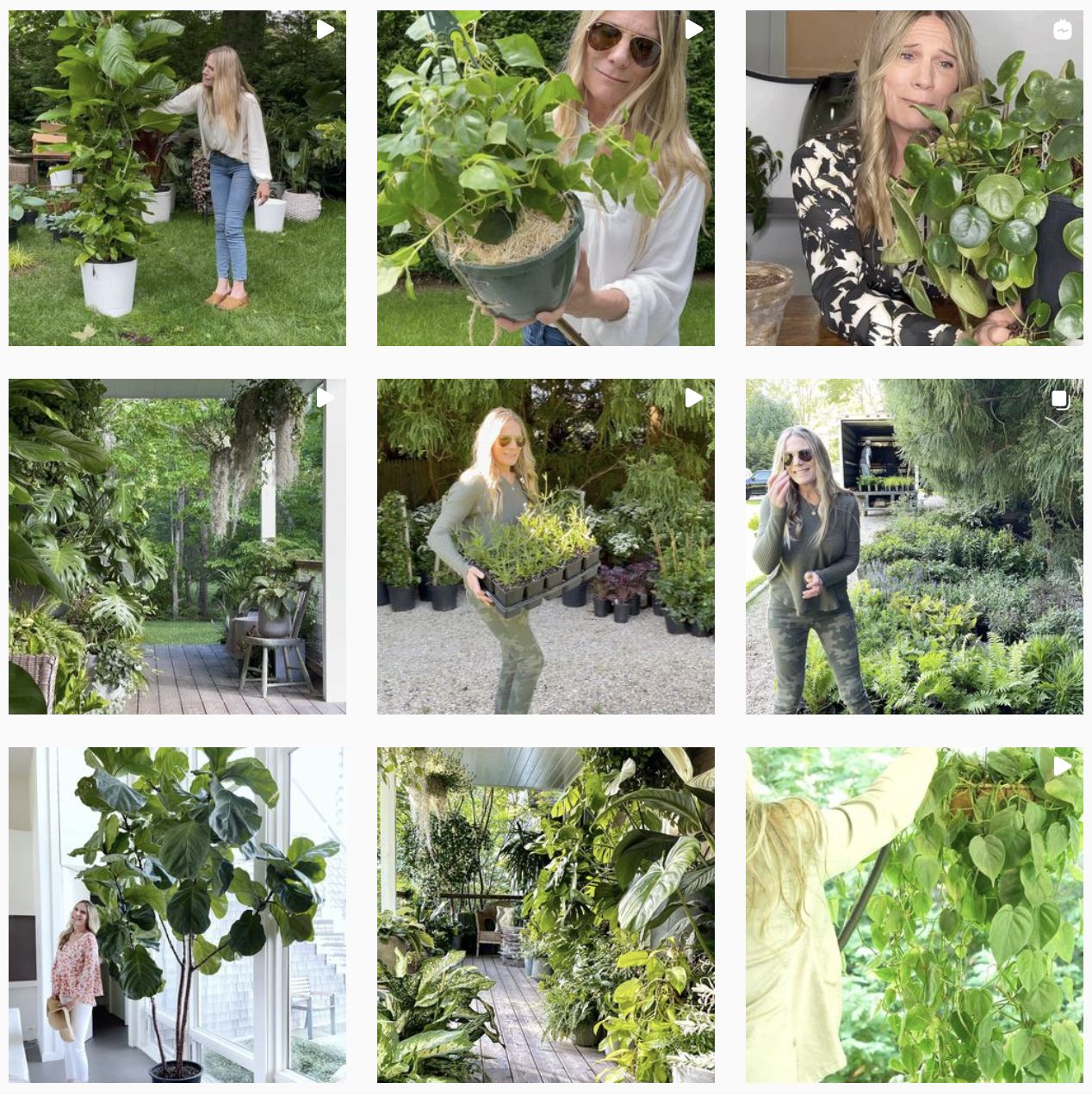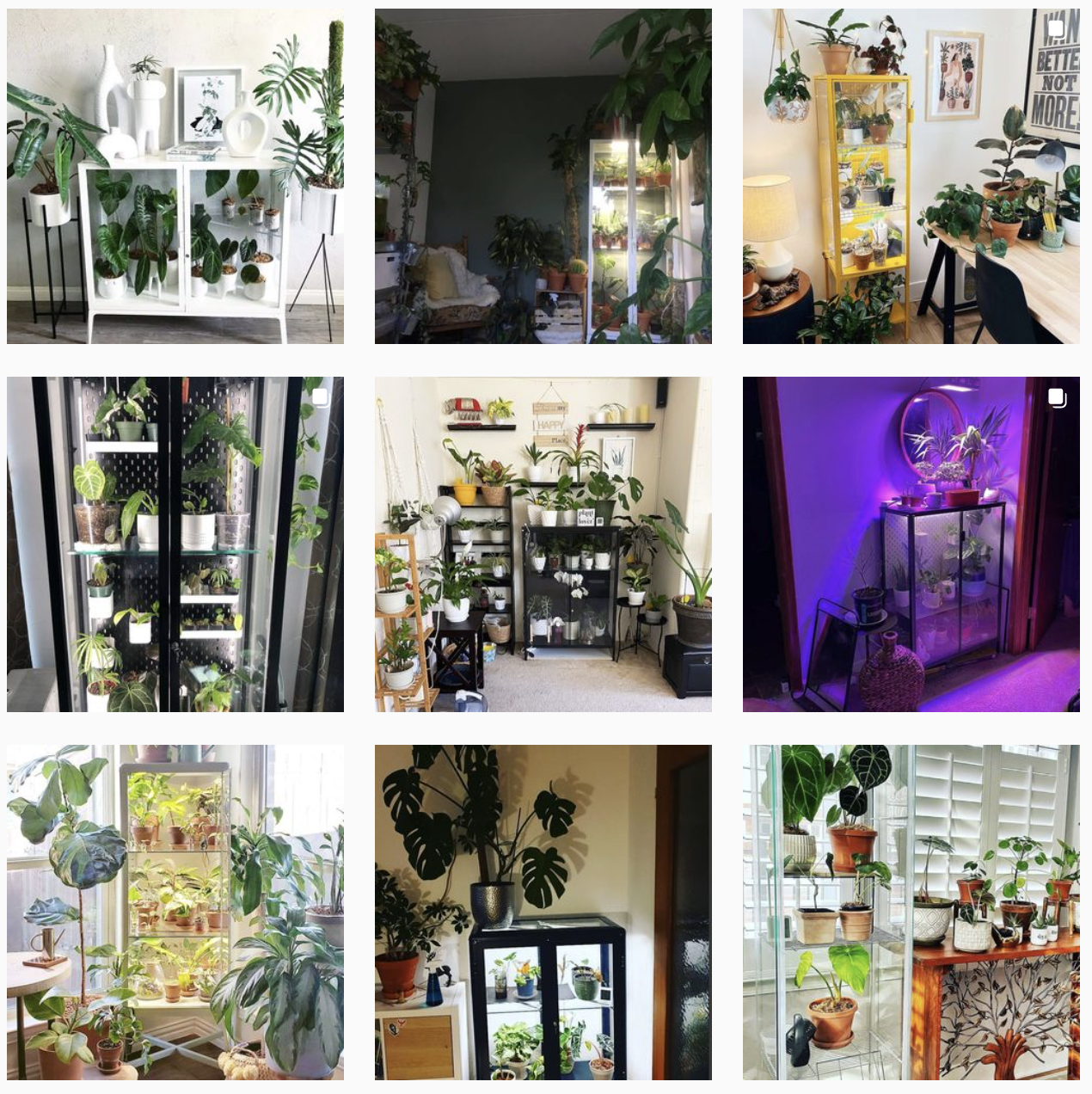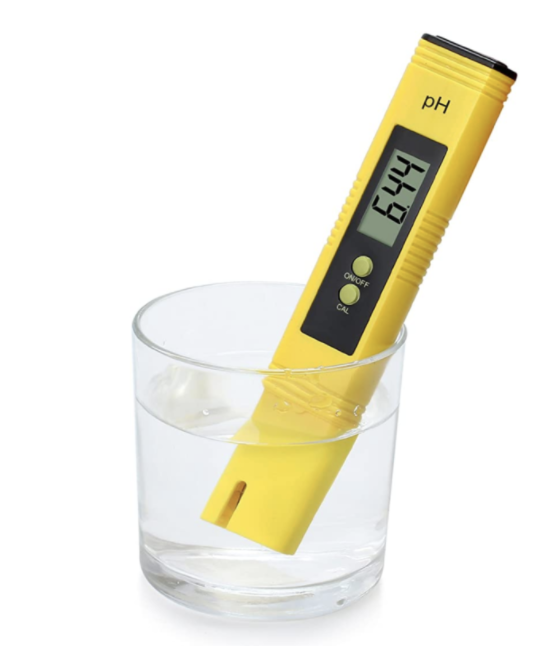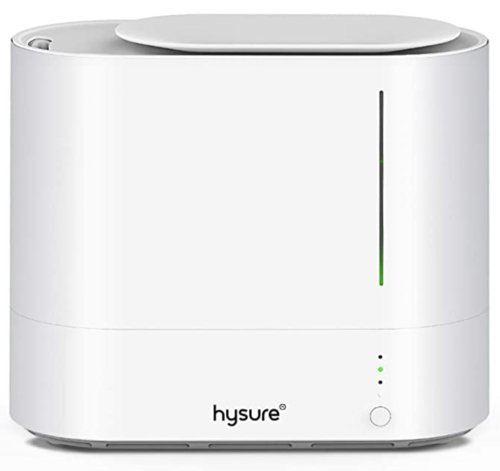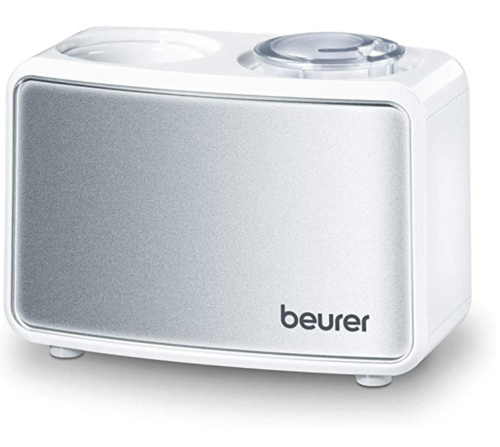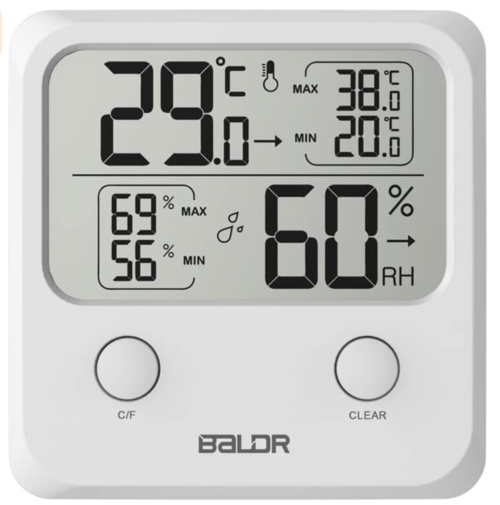Plant Care Resources & Links!
Today I am compiling a whole list of resources and links for all your plant care needs!
My personal plant care routine
Check for pests, isolate any plants that may have a pest in order to treat.
Check which plants need to be watered by either using a water meter or your finger
Trim off dead leaves that your plant no longer needs
Water, either top-down or bottom-up - depending what you plant likes best
Dust the leaves (I like to either use water and castille soap, Yates white oil spray, or Munash Organics Foliage Spray)
Create a soil blend.
When we’re talking about planting things up, I find that creating a soil blend is a key to a happy plant.
I keep a few different kinds of soil around. The ones I use the most frequently are: organic potting mix, perlite, aroid pre-made mix, orchid bark, moss.
A soil blend will allow your plants to ‘breathe’ easier in the soil and allow for better drainage. A chunkier soil mix will also encourage your plant to develop a stronger root system, and when we have a better root system, we get a better plant.
Some mediums I like to have on hand:
CINNAMON CAN PREVENT SOIL GNATS
I like to use Ceylon cinnamon to help prevent gnats. Fungus gnats breed in your soil. One of the main reasons for gnats hanging around is soil that is: moisture.
Soil left moist for too long, or drip trays with standing water will attract breeding gnats.
Firstly, make sure there is no standing water. If your plants have drip trays, after you water make sure to empty the trays (approx 30-60mins after watering is fine, the plant will have taken what it needs by then).
Second, choose a soil mix (or blend) that suits what kind of plant and what kind of pot you have. For example, a terracotta pot will dry out soil faster than a plastic pot. You will need to decide your pot-typed based on your watering habits. To help prevent water sitting logged in the soil try adding some perlite into your soil blend when potting up a plant.
Third, if you have a large plant I’d recommend sprinkling some Ceylon cinnamon onto the top layer of soil. Ceylon “true” cinnamon will help dry out the soil and prevent the fungus growth that the gnats like to breed in. (Excerpt from my Plant FAQ blog post)
My favourite plant Instagrams to follow:
Plant pot ideas:
Here are a few of the places I get pots:
· Ivy Muse (for more expensive, decorative pots)
· Pop Wilder (my ‘standard’ faux concrete pots)
· Adairs (sleek but $$)
· Big W (cheap, for growers pots and drip trays)
· Ikea (cheap, cover pots only)
Where I buy plants in Melbourne
· Pop Wilder (St Kilda)
· It Plantae (online)
· Gardenworld (Elwood)
· Fitzroy Nursery (Fitzroy)
· Interior Jungle (online)
· The Gardner’s Corner Store (Brighton)
HACK! Use bobby pins to help thicken plants.
I have shown this in previous videos, but this is a great way to take a single vine of pathos, adansonii, heart leaf philodendron etc and turn them into a bushier looking plant by encouraging the nodes to dive into the soil.
You will need to take a hair pin and circle the plant around the pot, then drive the hair pin over the plant to encourage the nodes to burrow into the soil.
“HOW DO YOU GET YOUR PLANTS TO GROW UP THE WALL?”
The best way to train your plant to grow upwards and develop a strong structure is to give it a training pole (moss or coir). You can pick these up at hardware stores for relatively cheap, or they’re quite simple to DIY if you’d prefer to do that. I’ve always found that the ones that train on a pole first are much stronger and more developed than ones I try to trellis straight up a wall.
Use twine to hold the plant onto the moss pole and encourage it to climb. When you water your plant make sure to also water (or spray) the moss pole to give it moisture to encourage aerial roots (if your plant has them).
Once your plant is strong enough and outgrowing the pole set it up against a wall or in a corner and use clear hooks (just so they appear ‘invisible’) to hold it in place up the wall. As long as it has supports it will continue to grow.
Beware, some plants, like a fiddle leaf philodendron, will grow roots that are strong enough to rip the paint off your wall.
Products I Use and Like (click to be linked through)
This post contains some affiliate links which I may earn a small commission from if you choose to buy from this link. The affiliate link does not impact the price you pay for products.




